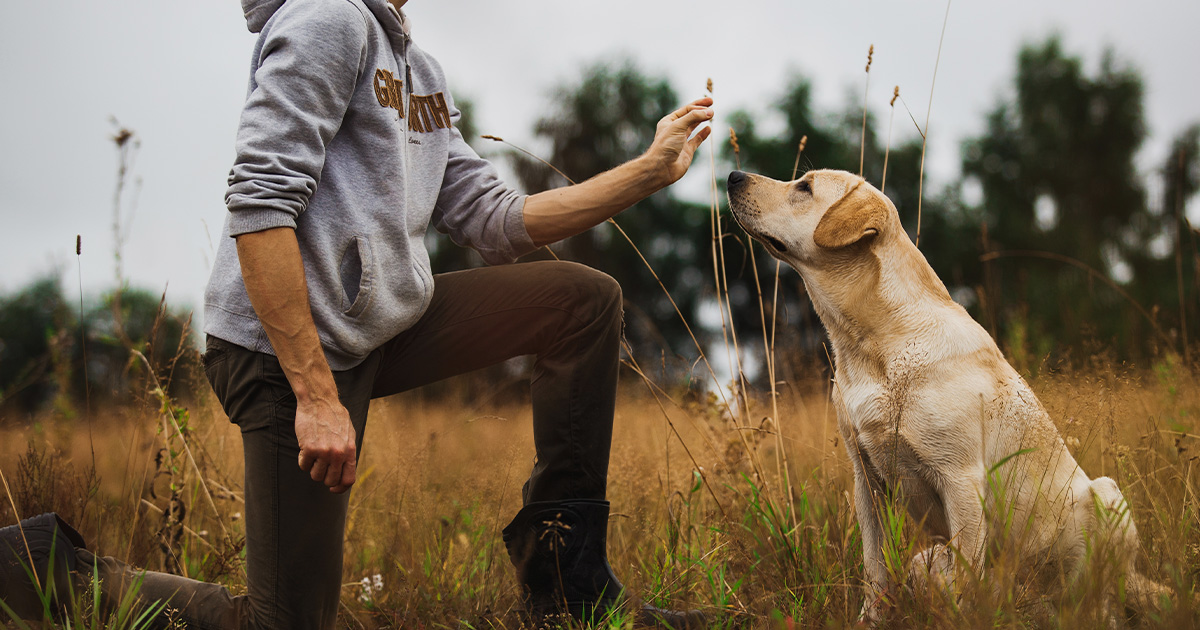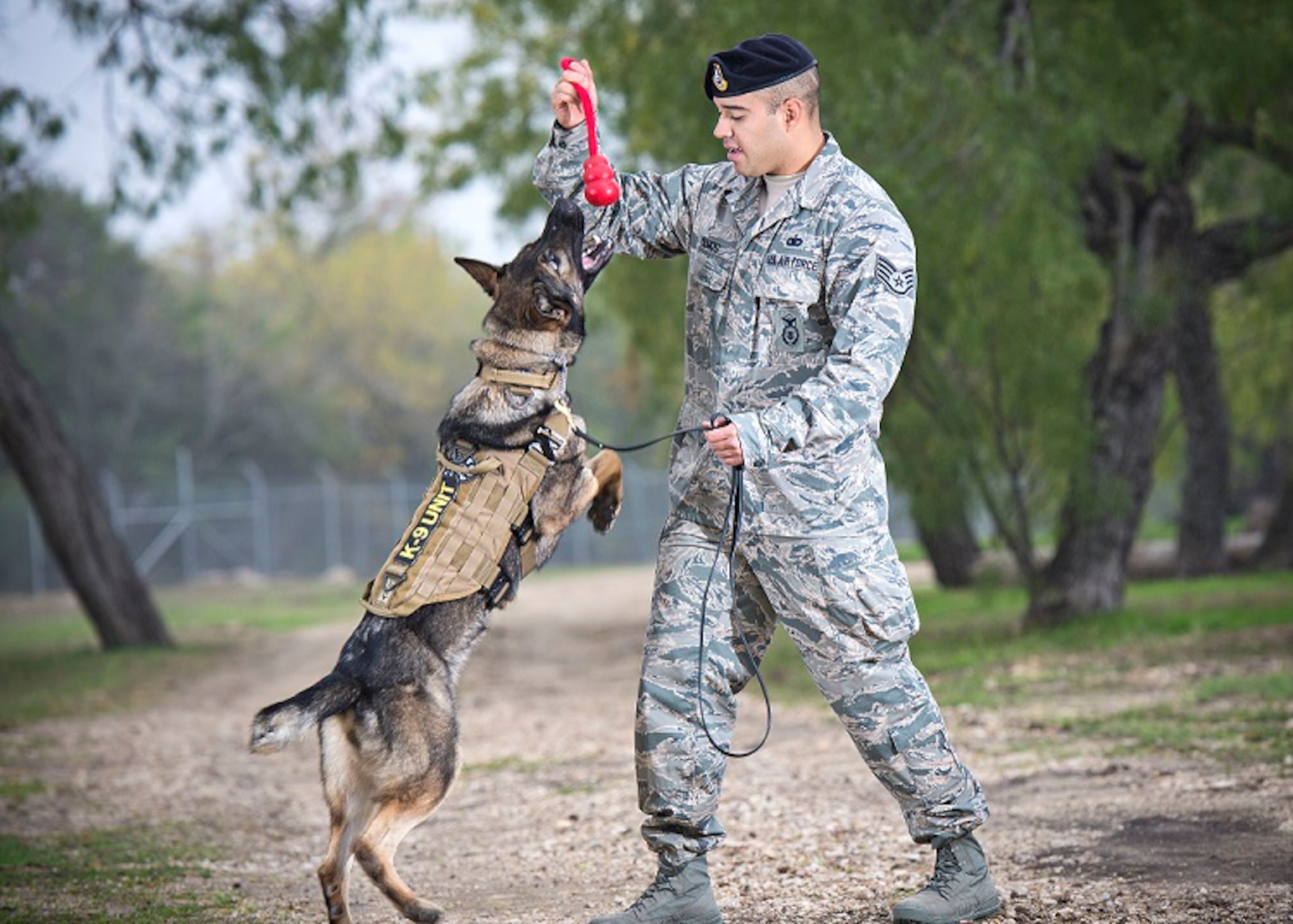Looking for Dog Training Near Me? Discover Local Trainers Who Can Help
Transform Your Canine's Habits With Proven Training Approaches
Changing your pet dog's habits requires a nuanced understanding of their specific qualities and requirements, as well as the application of tried and tested training approaches. Uniformity in your training approach not just improves obedience but additionally cultivates a deeper bond of trust and regard between you and your pet dog.

Comprehending Canine Behavior
Understanding pet dog actions is important for efficient training and communication between humans and their canine companions. Pet dogs, as social pets, exhibit a variety of actions influenced by genetics, atmosphere, and experiences. Identifying these actions assists proprietors customize their training approaches to meet the certain demands of their pets.
Secret elements of pet dog habits include body language, vocalizations, and social interactions. In addition, socialization plays an essential role in shaping actions; pet dogs that communicate positively with various other animals and numerous individuals are typically more versatile and well-adjusted.
Furthermore, recognizing stress signals-- such as pacing, panting, or evasion habits-- can prevent rise into extra significant problems. Owners that are in harmony with their canine's actions can develop a caring and risk-free environment, fostering trust and enhancing the training procedure. Eventually, a deep understanding of canine habits lays the foundation for an unified connection and effective training end results, ensuring both pets and their owners flourish with each other.
Positive Reinforcement Techniques
Positive support methods are extensively acknowledged as one of one of the most effective techniques for training pets, promoting a favorable learning atmosphere. This strategy involves satisfying desired habits with deals with, appreciation, or play, thus motivating the dog to duplicate those actions (Dog training). Unlike vindictive methods, positive support constructs trust and enhances the bond in between the instructor and the canine
To apply favorable reinforcement successfully, timing is essential. Benefits should be offered immediately complying with the desired actions to assist the canine make the link. Consistency is also important; utilizing the exact same commands and benefits assists the pet dog recognize what is anticipated. In addition, differing the incentives can maintain the pet involved. Alternating in between treats, toys, and spoken praise can maintain interest and motivation.
It is necessary to note that positive reinforcement is not concerning bribery; instead, it has to do with reinforcing etiquette. Gradually, as the canine learns to link certain actions with favorable results, the frequency of incentives can be slowly reduced, transitioning to spoken praise or intermittent incentives. This technique not just motivates obedience but additionally promotes a positive and pleased pet, making training a much more pleasurable experience for both events included.
Addressing Typical Problems
Addressing usual problems throughout canine training is vital for ensuring a harmonious and effective connection between the pet dog and its owner. Lots of pet proprietors come across behavior challenges, such as extreme barking, leaping, and leash drawing. Recognizing the source of these behaviors is vital for effective training.
To reduce this, give ample physical exercise, mental stimulation, and opportunities for social communication with both human beings and other pet dogs. Educating the pet to rest upon welcoming can reroute this actions favorably.
Chain pulling is one more common problem, often resulting from a canine's passion to check out. Utilizing proper leash managing methods, incorporated with training methods that urge loose-leash strolling, can dramatically boost this habits.
In addition, problems like source securing or separation anxiousness need customized methods. Gradual desensitization and counter-conditioning can be effective in attending to these obstacles. By acknowledging and proactively handling these usual problems, pet proprietors can cultivate a more satisfying training experience and enhance the bond with their canine buddies.
Consistency in Training
Consistency is a keystone of efficient canine training, as it develops a clear framework for the pet dog to understand assumptions and habits. When rewards, commands, and hints are applied consistently, canines can extra click for source easily grasp what is called for of them. Inconsistent training can result in complication, leading to unwanted habits that frustrate both the pet and the instructor.
To attain uniformity, it is vital that all participants of the home stick to the same training approaches. For circumstances, making use of the very same spoken cues and hand signals guarantees that the canine receives consistent messages. In addition, the timing of corrections and rewards ought to correspond; prompt reinforcement raises the possibility that the pet dog will certainly associate the habits with the result.
Normal method sessions, coupled with organized timetables for feeding, strolling, and playtime, help pets prepare for and comprehend their environment, making them more responsive to training. Inevitably, uniformity fosters a sense of security and trust, encouraging dogs to learn more efficiently.
Building a Solid Bond
How can cultivating a strong bond in between a dog and its proprietor improve the training experience? When a canine really feels protected in its link with its proprietor, it is a lot more likely to display favorable habits and be responsive to discovering.

Additionally, a well-established connection can reduce anxiety and behavioral concerns, as pet dogs are much less likely to act out when they feel understood and taken care of. Consequently, focusing on the advancement of a strong bond not just boosts the training experience yet additionally adds to a better and much more well-adjusted canine. Inevitably, the trip of training additional hints changes into a collective partnership, leading to lasting behavior enhancements.
Conclusion

Proprietors who are attuned to their dog's behavior can create a secure and caring atmosphere, cultivating trust and enhancing the training process. Ultimately, a deep understanding of canine habits lays the foundation for a harmonious connection and efficient training end results, making certain both dogs and their owners thrive together.
Dealing with usual concerns throughout pet training is necessary for ensuring a harmonious and successful connection in between the dog and its owner (Dog training).Consistency is a cornerstone of reliable pet training, as it develops a clear structure for the pet dog to comprehend habits and expectations.In conclusion, transforming a dog's habits with proven training techniques needs an understanding of canine habits, the application of positive reinforcement strategies, and an emphasis on uniformity